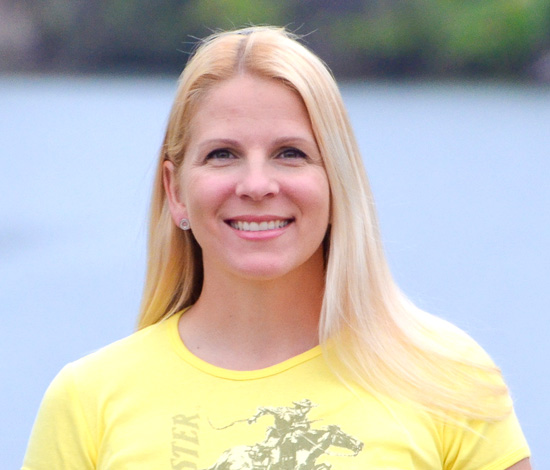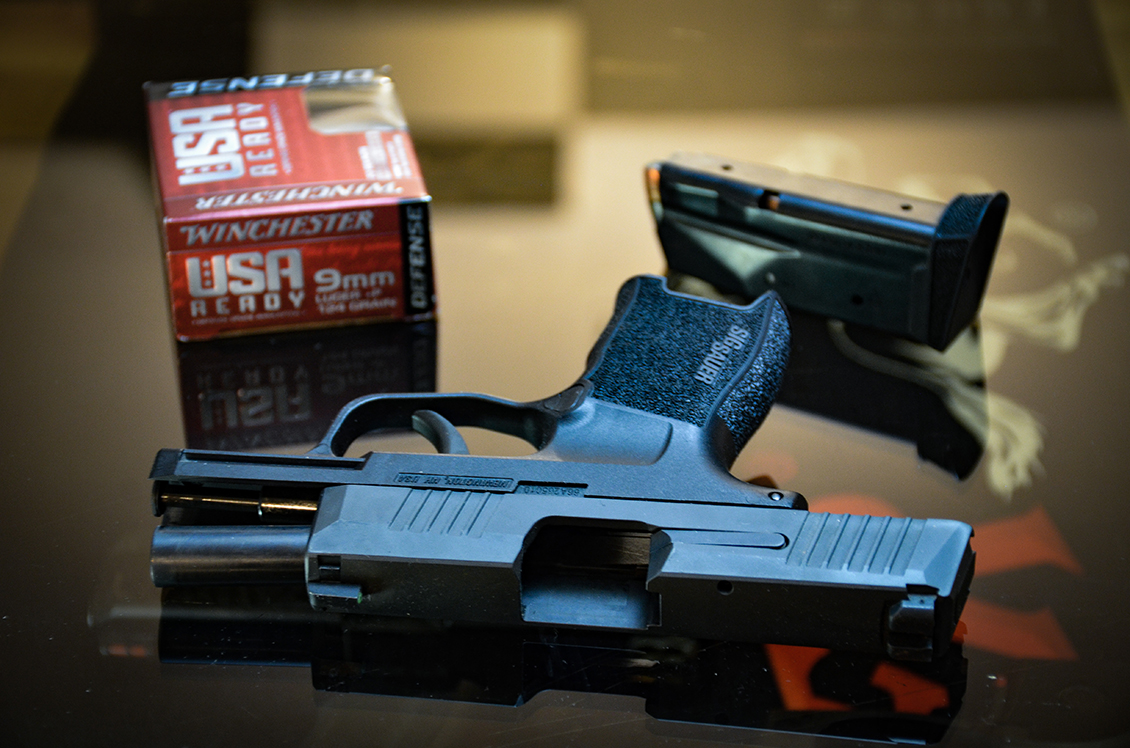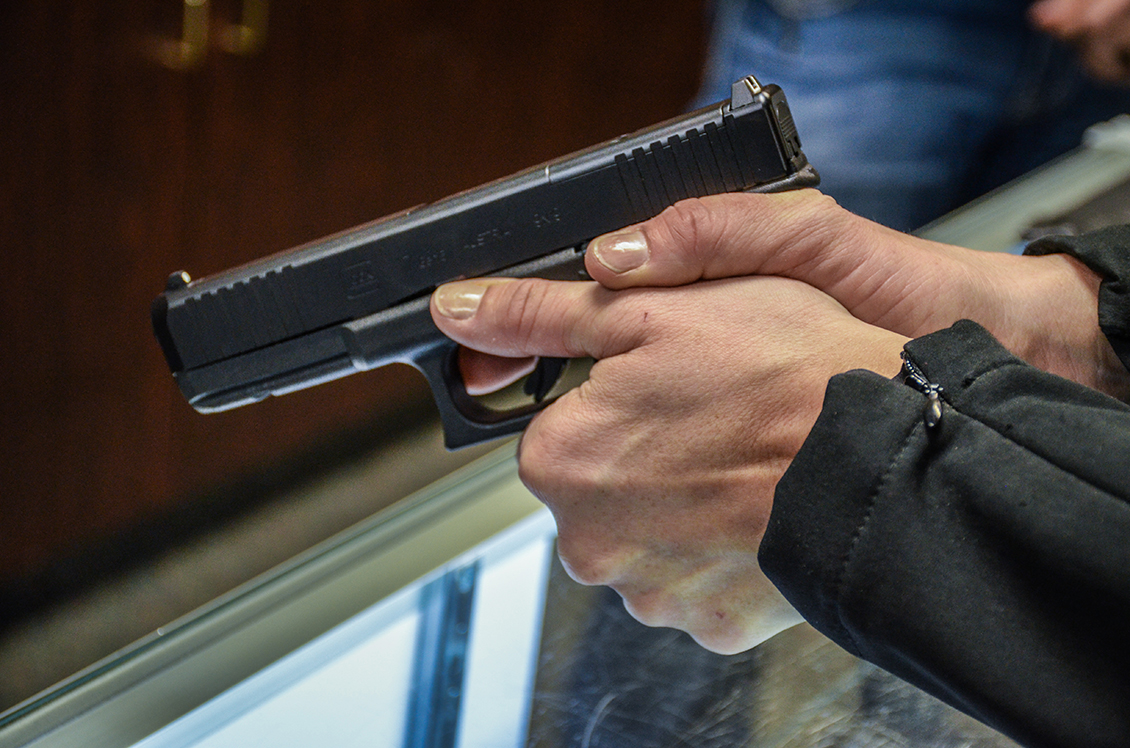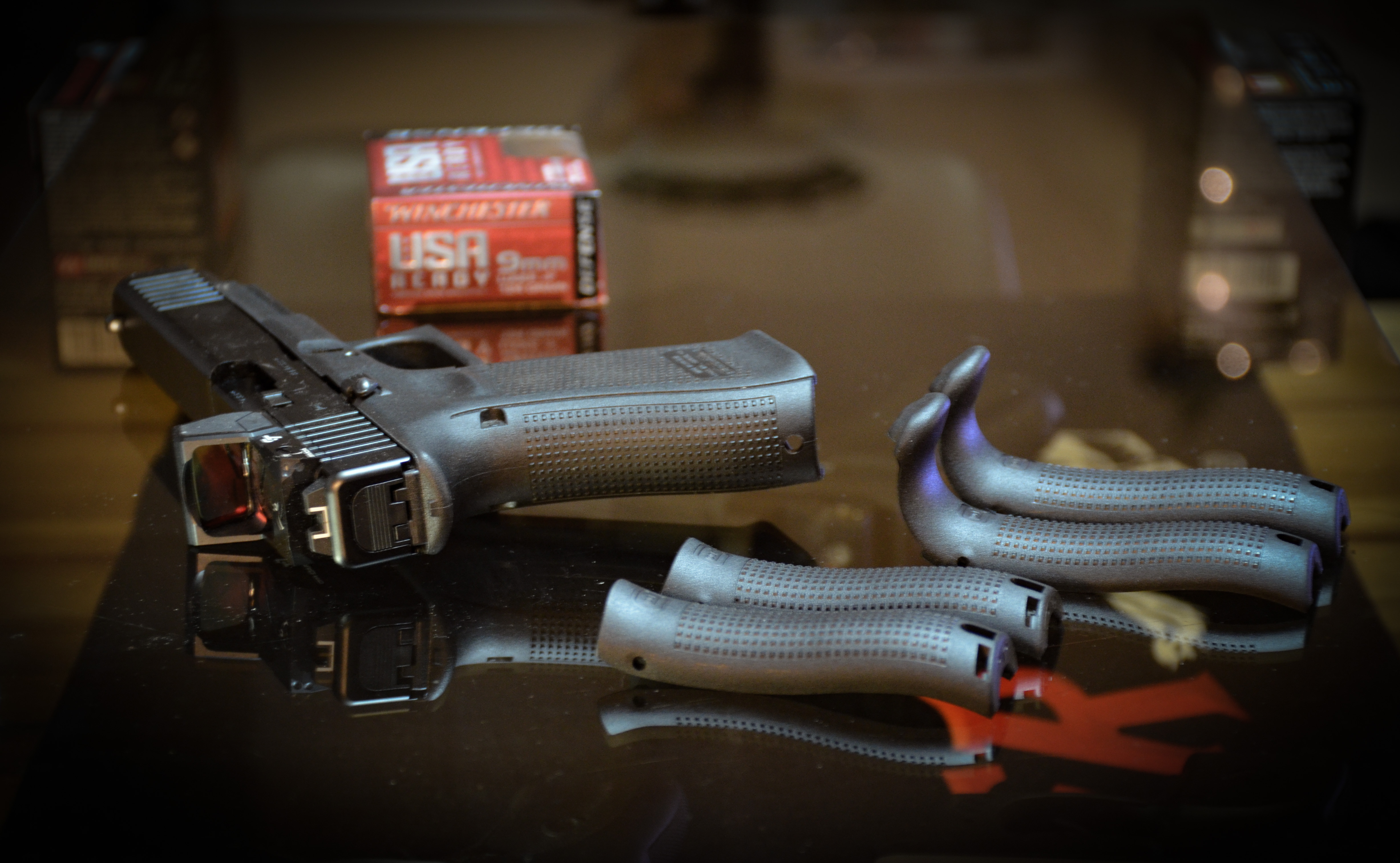Things you Should Know When Purchasing Your First Pistol
If you are planning to purchase a pistol for the first time, there are some things to understand before you buy.
Don’t feel overwhelmed! Let's break down some of the basic details to have in mind before you make a purchase.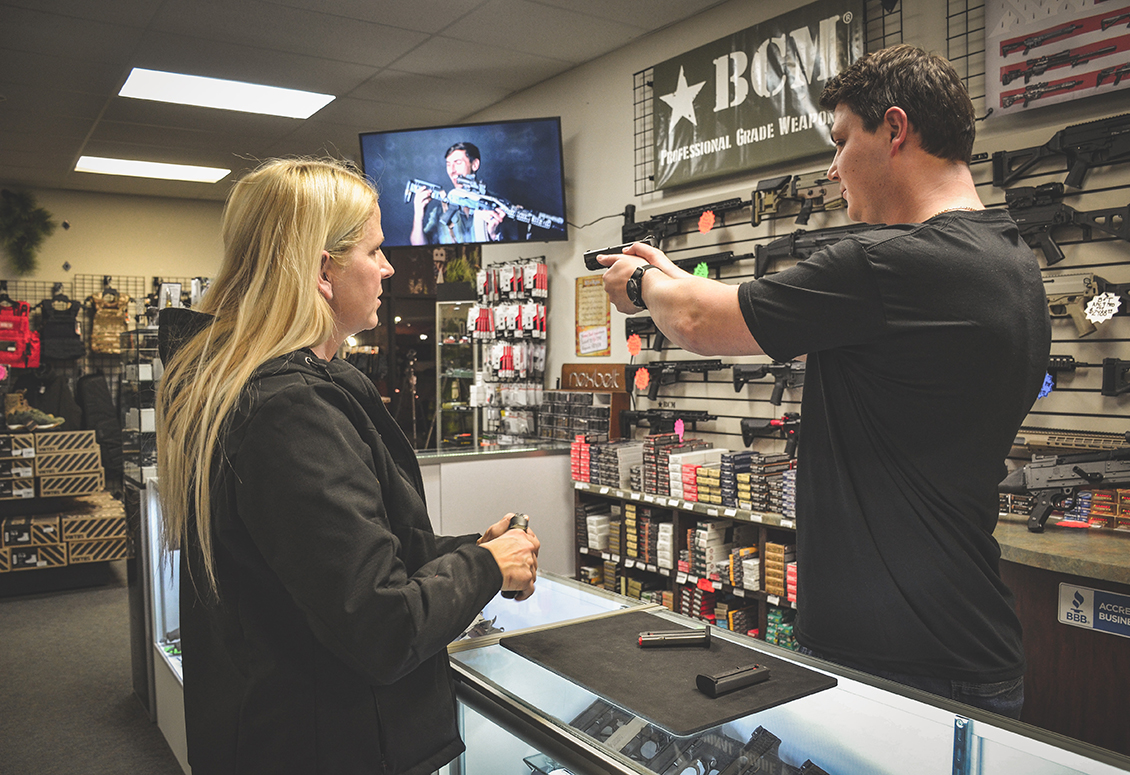
How do you know what to buy?
There are many reviews of firearms which will help you decide what might be the best pistol for you. But aside from listing to or reading opinions, ask yourself questions:
Question 1 - Why?
Start with your reason for purchasing. Will you buy a personal defense firearm? Will you compete? Do you just want to enjoy time with friends and family recreating? All of these are reasons people own firearms. Considering YOUR reason will help you decide what is the right pistol to buy. A pistol suited for personal-defense might not meet rules for competition. A competition pistol might be too large for concealed carry, self-defense.
Talk to knowledgeable friends and family, head to your local gun shop! If the pistol you are considering is common, odds are someone you know has one and can share their experience or you can see it when you visit your local sporting goods store.
If you live in a state with idiosyncratic laws regulating firearm ownership, you want to talk with people who know the laws. Talk with your local gun shop, talk with others who have purchased and navigated the process. If you want to carry for personal-defense, many states require a concealed carry permit. The process of obtaining a CCW permit might give you a chance to shoot different pistols and help you make your decision based on laws in your area.
Question 2 - How?
How do you know if your choice is right for you?
Once you’ve narrowed down choices, try to get time shooting the pistol/pistols you are considering. You can usually rent guns at commercial ranges. This is an excellent way to “try before you buy.” NSSF has a list of places to shoot, and that’s a great start. When looking for a range that rents firearms, an online search and then a phone call to confirm what options are available is a solid plan. If you have friends and family who own a model you are interested in, ask if they will go to the range with you so that you can try it.
Take pistols for a test drive. First, dry-fire and manipulate the pistol. Can you easily lock the slide open? Are the sights suited to your vision? Then, fire a magazine or two of ammo. But do this with intent!
Manipulations to make to help you get the “feel” for a particular firearm:
- Practice the 4 rules of firearm safety and make sure the gun is empty
- Manipulate the slide, safety, magazine release, and dry-fire
- Perform a dry or empty magazine change – make sure you can hit the release and also reload a new magazine easily
- Perform a draw, or if you’re at a range where that is not allowed, simply pick the pistol up off the table and bring it up to your eye level and align the sights. Do this a few times. Can you acquire the sights quickly? (for many first time gun owners, this is where they begin to learn about eye dominance). Can you get a good grip on the pistol quickly?
- How does the backstrap fit your hand? Can you get both hands on the gun with enough “purchase” that you can really grip it well? Is there a big gap between the meaty part of your thumbs as you hold the gun? Or is the gun too small and you feel like you might “flag” or accidentally get part of your hands/fingers in front of the barrel? (note* very tiny pistols aren’t always the easiest to hold or manipulate, even if you don’t have big hands)
- As you dry-fire, did you feel the trigger reset? Reset is what happens after you have pulled the trigger. Once you pull the trigger back, your finger has to come off the trigger enough to allow it to travel back to its original position and “reset.” You don’t want to actually remove or lift your finger off the trigger to reset it, but you have to allow that trigger to move back to its original position.
After you’ve dry-fired and manipulated the pistol, switch to actually shooting it. When you do this, if you are unsure of how comfortable you will be, simply load one round into the magazine. Pull the slide back and let it slingshot forward to chamber a round. Shoot the single round, and the slide should lock back and you will get a feel for what the pistol feels like by shooting a single round.
Next, I would suggest loading a magazine, insert it into the pistol and chamber one round, and then hit the magazine release and drop the mag. Now, you can shoot the single round. After you shoot it, reset the trigger and take up any slack, and then dry fire for another trigger pull. This will help you understand what the reset on the trigger feels like and what happens with the gun after you pull the trigger.
Someone new to shooting can develop a flinch or “anticipation” when they first start to shoot. Shooting a single round and then dry-firing the next trigger pull will help you understand how to reset the trigger and how to pull the trigger without moving your sights. It will probably help you understand if your trigger pull is more of a jerking motion, as opposed to a straight back, continuous pull.
Some pistols feel more snappy / sharp in their recoil than others. Some feel like they move or recoil a lot. If you were to look from a side view, we tend to say some pistols have more or less “muzzle flip.” Meaning, as the round is fired, the muzzle end of the gun wants to “flip” up and back. How you control this and being aware you have to control this are other parts of the whole puzzle of shooting. Knowing these things are going on and being aware of them is the first step in learning how to manage them while you actively shoot a gun.
When you shoot a pistol, it can sometimes seem difficult to hold onto, especially if it is a caliber like 40 or your hands are sweaty. It’s good to know that you CAN alter the grip on many pistols with interchangeable and aftermarket grip inserts (depending on the pistol make and model) and you can always use things like grip tape, or treatments gunsmiths can apply to make the pistol easier to grip.
One last item under “how,” is how does the pistol feel to reload? If you only have a few rounds in a concealed carry pistol, you might want to know how to reload and you can do so safely. A full magazine can sometimes be very difficult to load against a gun that is in battery.
Question 3 - Is it available?
Often times, popular pistols can be difficult to find. So have this in mind when you look at and test out guns: try a few. Is the caliber something you can easily purchase ammo for? Are magazines and other accessories readily available or terribly expensive? Especially in times of high demand, choosing a firearm that uses a common caliber and has plenty of aftermarket accessories available is an important consideration. A firearm you like, but can’t buy ammo for or can't find a holster for is not very useful.
If you find a gun you really love, consider contacting local gun shops to let them know you’re looking for one. Many people bring firearms in to sell and this tactic might save you a lot of time waiting. Too, other marketplaces that list pistols for sale can often work with your local FFL to help you find what you are looking for. You generally have to pay overnight shipping on a pistol purchase, and it will only be able to travel from one FFL to another, never straight to you. So shopping locally always saves you money.
Buying a first pistol can feel daunting. But if you are poised to make this purchase, asking some questions can make it a lot easier. As with most things in life, if we ask for help, we’ll likely get it. The firearms community wants to see you succeed in your choice to be safe!
Make sure you are following Winchester’s blog for more tips on learning about and enjoying firearms! And make sure you send the first-time firearm owners you know to Shoot United so they can learn more about what the shooting sports has to offer.
